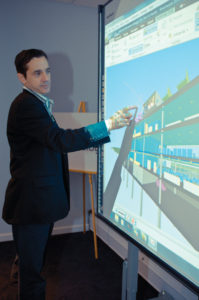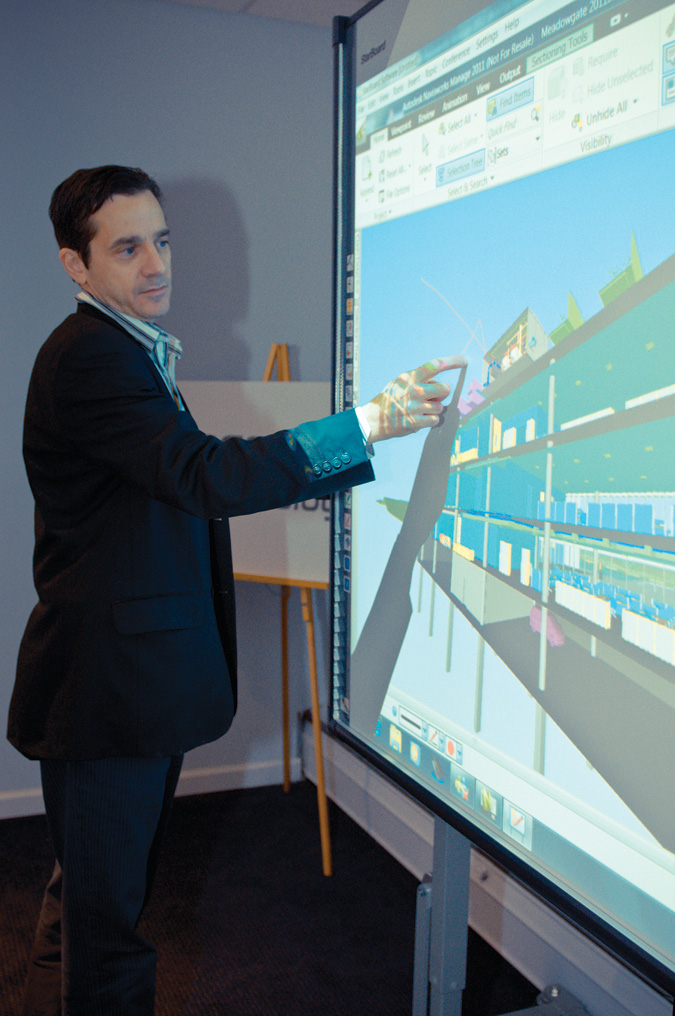 I remember being a freshman in college and my professor telling our design studio that only a small percentage of us would end up “designing” buildings, at least in the way we were thinking of “design”. He proceeded to tell us of all of the many aspects of the profession and that many of us would end up either having some supporting role within a firm, or would end up being in a separate yet related field altogether.
I remember being a freshman in college and my professor telling our design studio that only a small percentage of us would end up “designing” buildings, at least in the way we were thinking of “design”. He proceeded to tell us of all of the many aspects of the profession and that many of us would end up either having some supporting role within a firm, or would end up being in a separate yet related field altogether.
At first, this discussion was a bit disturbing. What we didn’t understand at that time is the fact that designing and constructing environments is an intensely complicated and dynamic process and that it requires many diverse skills to do it well. I am one of the ones that indeed ended up in a related field; I work for a company that provides technological services for the AEC industry and I also teach at several universities. Thirty years ago when my professor was telling us this, I never could have anticipated I would have ended up in this role – the only technology I had used at that point was a punch card programmed analysis (which certainly didn’t seem to hold much promise) and I had, like most of my classmates, envisioned myself as a “designer”.
As my career evolved and I ended up getting more and more engaged with technology in architectural practice over the years, I have always understood technology to simply be an enabler of new processes that can help us design better environments more efficiently. Because of this, I have never felt disconnected from the design process and feel that having the combination of architectural education and experience coupled with knowledge of technology is critical to the services that our company offers and to the students that I teach.
When AIA Pittsburgh invited me to serve on the Board, they mentioned that they were looking for someone who had this sort of peripheral yet related experience as a way to perhaps gain some fresh insights. I want to take a moment to assure you that this does not mean that as a technologist, the Chapter will be purely focused on technology this year. Rather, I feel that my experiences may assist AIA Pittsburgh in several key initiatives that will be important to us this year:
Collaboration and Communication– Understanding that the industry is very complex and continues to become more so, we need to recognize the many diverse talents needed to produce high-quality/high-performance design solutions and offer our clients holistic solutions to their business needs, as well as encourage collaborative and more integrated approaches, and communicate effective resources to our members.
Education/Professional Development– Again, in response to the ever-growing complexity of the profession and to assist members in meeting educational requirements, AIA Pittsburgh will begin offering more educational programs through the AIA Pittsburgh Architectural Academy.
Mentoring – Recognizing that the future of the profession and our chapter is in the hands of the young architects (whose ranks are shrinking), many of whom struggle with registration requirements or may be in related fields, we need to engage the young architects to assist them in their preparation and encourage the fresh thinking that they may bring to our industry.
Now that we have a much more robust informational portal available to us through this new website, please look for more regular communication on these and other initiatives and subscribe to the topics that most interest you so that you will be proactively notified of activities. We are also developing a strong social media presence, so look for us on Facebook and Twitter for updates and announcements. I look forward to working with all of you and welcome any ideas or suggestions that you may have.



One thought on “Good Design Takes Many Types”
Comments are closed.